Inducible or tissue-specific gene deletion or in vivo labeling of gene expression have become major research approaches for accurate assessment of complex cardiovascular phenotypes in mice. This approach requires crossing mice with the targeted gene of interest with a validated specific Cre or reporter mouse line. However, developing and obtaining these unique mouse genetic tools is often time consuming and expensive. Over the past 10 years, the COBRE has collected and characterized 19 tissue-specific Cre lines, 5 reporter lines, and 4 commonly used vascular disease lines and mouse strains (Table). To reduce the cost of breeding and accelerate the breeding process, the Core has established a centralized system to maintain breeding pairs of these valuable lines, which are available to COBRE or non-COBRE investigators upon request (2 months in advance to allow breeding). The Core has also established a relationship with a gene-targeting company to provide rapid, competitively priced genetically engineered mice.
| Inducible or tissue specific Cre lines | Reporter lines and other mouse genetic lines |
|---|---|
|
|




